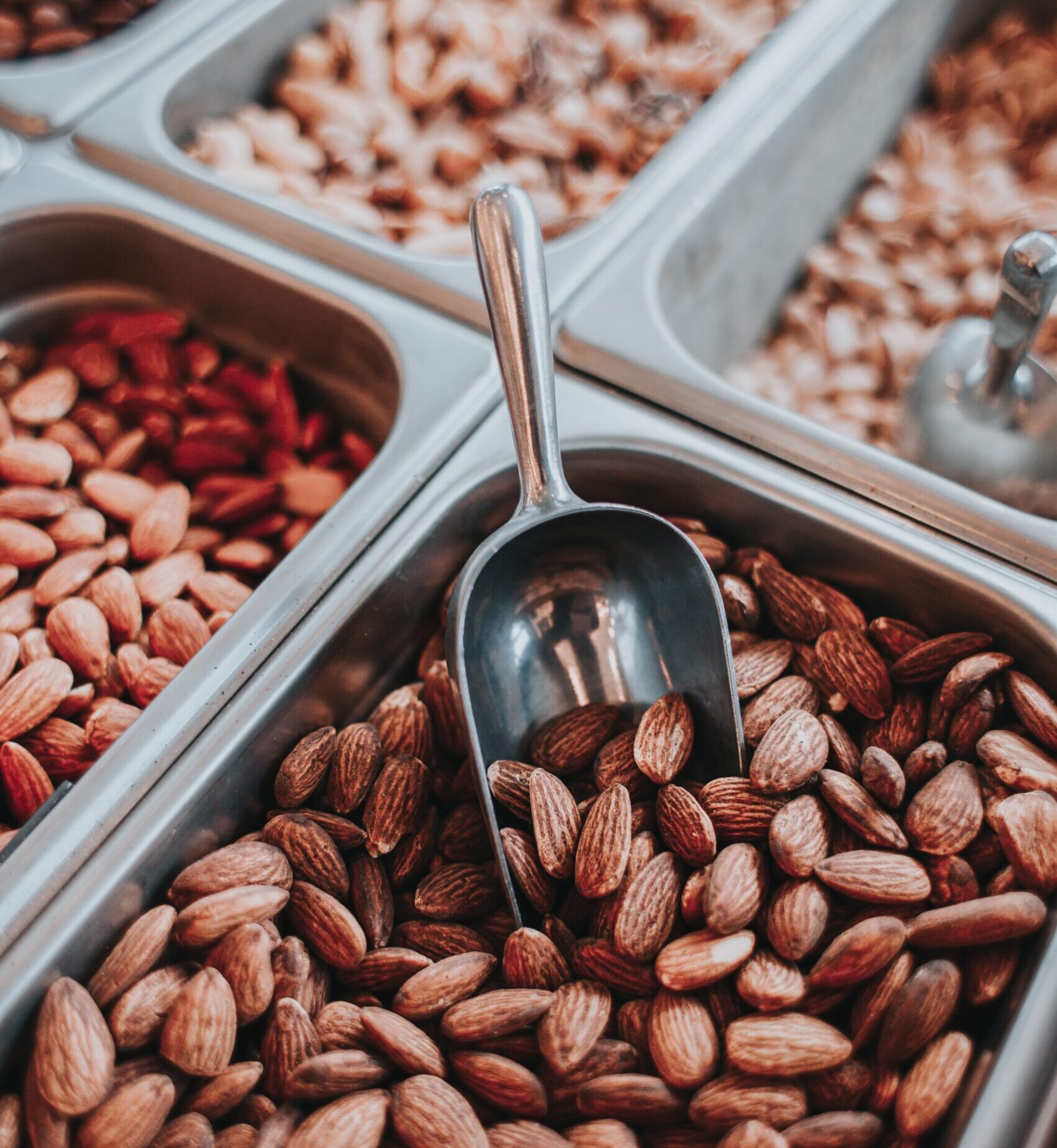Don’t get your nuts confused with mutton
July 2023
Reading time: 3 minute(s).
We are grammar pedants. The scattering of commas like confetti through a piece of text is enough to send us, rocking, into a darkened room.
The lack of correctly placed full stops and apostrophes in text speak and social posts not only renders the messaging difficult to understand, but also does a disservice to our beautiful language.
But one of our biggest bugbears is the complete confusion around hyphens and dashes. Let’s get something straight: They are not the same; they are not interchangeable; and yes, it does matter.

Don’t they look the same?
No. They don’t.
And to confuse matters even more, there are actually two types of dash – an en-dash and an em-dash. A piece of trivia for you – back in the days of noisy newspaper hot metal typesetters, the similarity in sound of an ‘en’ and an ‘em’ led to them being called nuts and muttons to avoid confusion when being shouted across the room.
So, this is a hyphen-
This is an en-dash –
And, this is an em-dash —
As you can see, they become progressively bigger. Ironically there is a hyphen in em-dash – and there we have an en-dash. See the difference? No? OK, well let’s look at how they are used to help your understanding.


